Elena Jubete
Innovative polymeric materials and coatings for transport applications
· ·
Elena Jubete
Innovative polymeric materials and coatings for transport applications
· ·
Alaitz Rekondo | Nerea Markaide
Workshop Composites 3R: Materiales compuestos basados en un epoxi vitru00edmero con funcionalidades de Reparabilidad, Reciclabilidad y Reprocesabilidad (Composites 3R)
The AIRPOXY project develops a new family of reprocessable, repairable and recyclable thermostable composites
The AIRPOXY project, coordinated by CIDETEC Surface Engineering, is making steady progress in its goal of reducing the cost of producing and maintaining composite parts in the aeronautical sector, thanks to the introduction of a new family of thermostable composites. This new material not only maintains all the benefits of conventional thermostables, but can also be easily reprocessed, repaired and recycled, leading to it being called 3R technology. This is made possible thanks to the introduction of dynamically interchangeable bonds in the epoxy resin, producing a new material known scientifically as vitrimer.
Two and a half years on from the start of the project, CIDETEC Surface Engineering continues to work on three main activities. Firstly, on formulating and characterising aeronautical-grade 3R resins, which are subsequently used to obtain 3R composites through the RTM process. Secondly, on obtaining enduring prepregs, which are then used to produce 3R composites through thermoforming. Finally, 3R adhesives are being developed to produce components manufactured entirely under the 3R concept.
Based on CIDETEC’s results, other project partners, including IVW, Eurecat, the University of Ioannina, Coexpair and Altair, are now developing thermoforming, repair and welding technologies that will cut the cost of producing and maintaining all parts that include this technology. The project is now busy producing two demonstrators through its industrial partners Idec, Sonaca and Eire, in order to validate the materials and processes developed.
The AIRPOXY project is part of the H2020 programme, funded by the European Union. This project started in September 2018 and is expected to last 42 months.
· ·
David Pazos
Post-procesado de piezas fabricadas por AM mediante mu00e9todos (electro)quu00edmicos
The H2Free project will develop a degassing model, which aims to be a key tool to substitute the toxic metal cadmium by zinc-nickel
Ultra-high strength steels (UHSSs) are used due to their extraordinary resistance mainly for landing gears in the aeronautic industry. To resist corrosion, these materials require a coating that has usually been made using cadmium (Cd), a toxic metal whose use is advisable to avoid. Aiming to make industrial processes more sustainable, the European aviation sector is working on substituting Cd with innovative, environmental friendly coatings. Therefore, the H2Free project has just been launched. The project a aims at being a step further to make replacement of Cd by zinc/nickel (Zn-Ni) coating a reality in all applications.
Zn-Ni coatings are considered to be a viable and non-toxic substitute. The aim of the H2Free project, as part of the European CleanSky2 macroprogramme, is to develop a practical guide for the degasification of hydrogen from UHSS steel coated with Low Hydrogen Embrittlement (LHE) Zn-Ni and Cd, in order to save production costs and minimise environmental impact. The challenging part is the lack of knowledge about the degassing kinetics as it is till now unknown in advance if a standard degasification process is always necessary or effective in lowering the hydrogen content below the critical level, leading in some cases to scrap preventively entire components.
The H2Free project, coordinated by CIDETEC Surface Engineering, has led to the formation of a consortium made up of four outstanding research centres and two SMEs with complementary profiles and great experience. CIDETEC Surface Engineering, as well as being a centre experienced in the management of European projects, having taken part in over 25 of them, is a benchmark in research into electrochemistry and plating for many industries. HELMHOLTZ-ZENTRUM GEESTHACHT has a lot of experience in developing predictive modelling and simulation of service-life aspects. ELSYCA will provide its experience in modelling processes of functional electroplating applications, while AZTERLAN will study hydrogen embrittlement of UHSS. In addition, the consortium is complemented with the technical knowledge to carry out surface treatments for the aerospace industry from ELHCO and MAX-PLANCK-INSTITUT FÜR EISENFORSCHUNG, a leading materials research institute focusing on advanced materials research with capabilities to perform hydrogen measurements with very high precision.
H2Free is a project funded by the EU Horizon 2020 Framework Research and Innovation Programme and it is managed by Clean Sky Joint Undertaking (CSJU) through the CleanSky2 grant programme.

Stay updated
Subscribe to our newsletters and discover our latest news, technology advances and events of interest.



